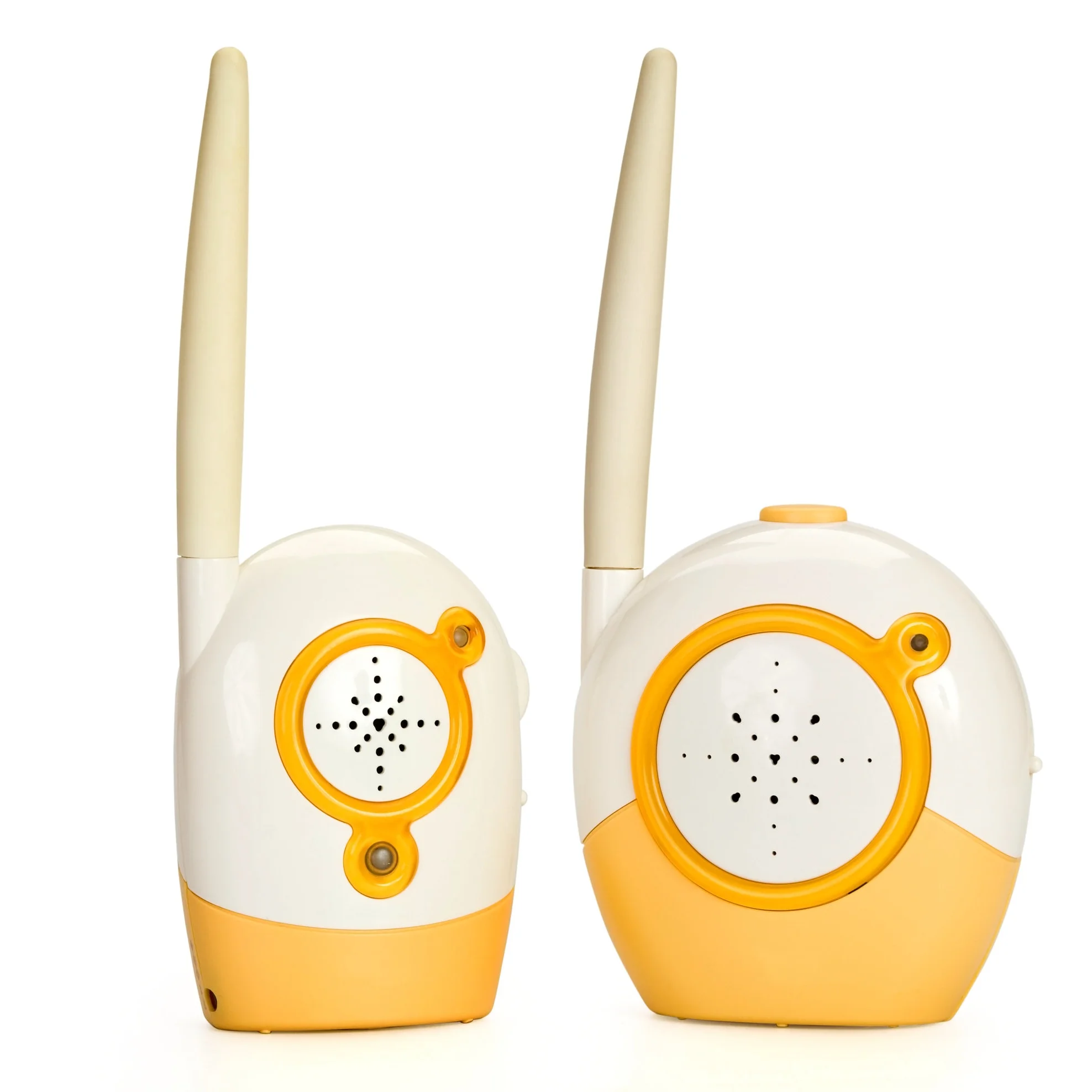
Still have questions? Ask an Expert!
We'll get back to you within 1-2 business days.
The truth is, this is something you're probably better off skipping. With advances in technology, you can now monitor not just the sounds your baby makes, but also watch them on a screen (with night vision!), track room temperature, talk back, even track their heart rate and blood oxygen levels. However, the American Academy of Pediatrics (AAP), which recommends sharing a room with your baby for six months to a year, recommends against using monitors that claim to reduce SIDS. Sharing a room - but not a bed - with your baby has been shown to reduce the incidence of SIDS by 50%, per AAP.
Nearly all electronic devices have circuit boards inside these days, which can contain heavy metals and flame retardant chemicals. The simpler the device, the likelier it is to contain fewer chemicals of concern. The more complex the system, the greater use of components that require chemicals of concern like heavy metals and flame retardants. Even when these components are tucked inside on circuit boards, these products also harm the people and the environment during manufacture and disposal.
There is concern about electromagnetic radiation from wireless devices, including cell phones, tablets, and the growing Internet of Things (lights, refrigerators, Alexa). Simple monitors emit lower frequency signals, which are thought to be safer.
If you have a small space, or will be near your baby as they nap or sleep, skip the monitor. Generations of parents monitored their children by keeping doors ajar or having babies sleep in the same room. If you'll only need a monitor occasionally, land-line or VOIP handsets can be sometimes used in an intercom mode to stand in for a separate baby monitor. (Just remember to put your side on mute!) If you do choose a monitor, consider a simple analog model that operates on the FM band (40 MHz) and keep cords tucked out of sight. The US Consumer Product Safety Commission recommends keeping the monitor at least three feet away from baby's crib. If you choose a monitor that can connect to the internet, make sure you choose strong security settings, like local-area-network-only options and make sure you change the password regularly. Consider monitors that only transmit during baby's activity to limit baby's exposure to electromagnetic radiation.
Learn more about the hidden hazards by reviewing the glossary or take a deep dive by reading Safer Products for Babies and Toddlers: Resources and Recommendations for Retailers.
The Consumer Product Safety Commission has a factsheet on Nursery Safety.
Learn more about the American Academy of Pediatrics latest advice for healthy sleep.
For information on electromagnetic radiation, see the Swiss Federal Office of Public Health's fact sheet (it's in English).